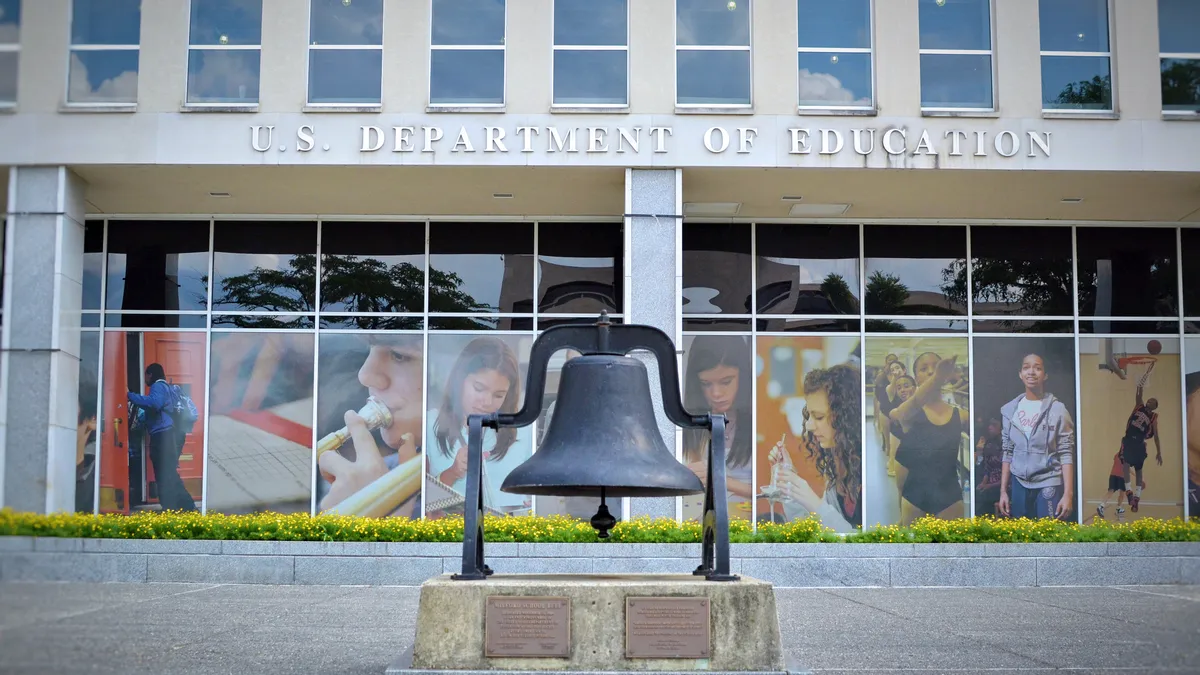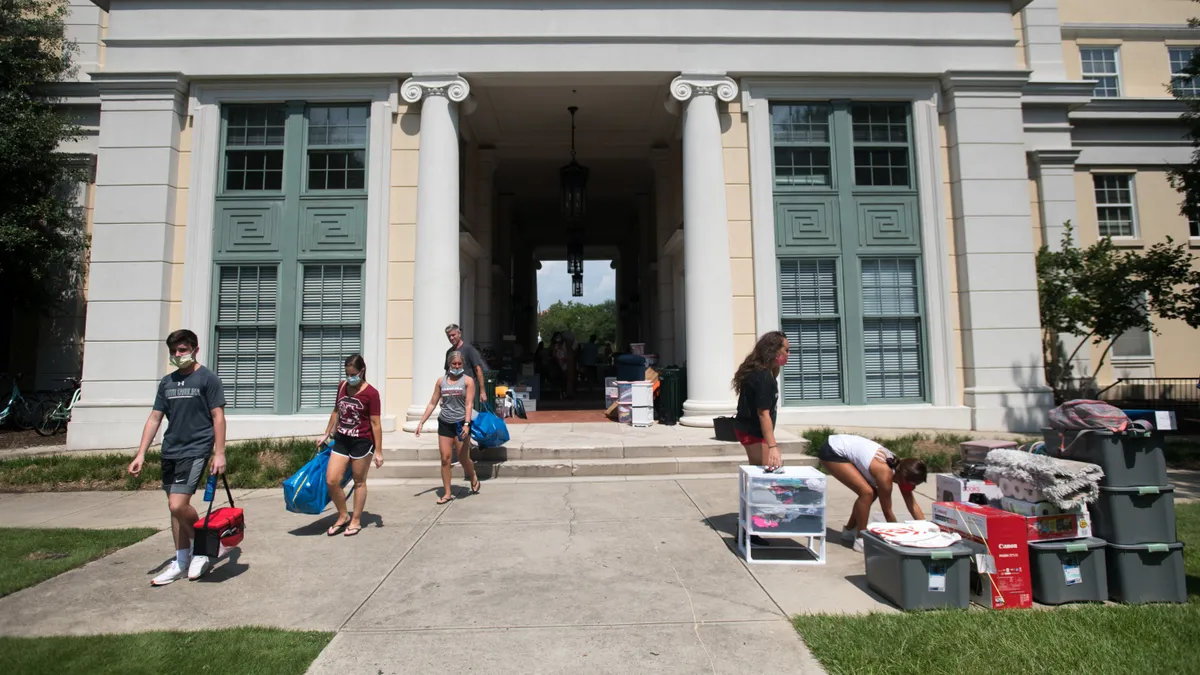Andy Hannah is an adjunct professor of analytics and entrepreneurship at the University of Pittsburgh’s Katz Graduate School of Business and president of Liaison International's Othot Division, which focuses on predictive and prescriptive analytics.
For the last seven years, I have taught a course on analytics at the University of Pittsburgh's Katz Graduate School of Business. Every day, my students and I talk about how major companies and startups use business intelligence and analytics to get ahead of trends and accomplish their goals — or fall behind.
It's hard to imagine a better backdrop than Pittsburgh for teaching these lessons. Over the last three decades of the 20th century, Pittsburgh experienced a massive decline in population as it lost manufacturing-related jobs. Yet since then, Pittsburgh has rebuilt itself into a powerful innovation and technology hub, correctly forecasting immense growth in this sector while attracting young and bright workers to support it.
Across the country, colleges and universities are now facing similar challenges and looking for new strategies to attract students. A decrease in birth rates stemming from the 2008 financial crisis is expected to reduce the number of first-year college students by up to 15% starting in 2025. With births once again falling during the pandemic, colleges face the prospect of steady declines of college-going 18-to-24-year-olds for decades to come.
Today's enrollment challenges facing colleges and universities did not begin — and will not end — with COVID-19. But labor market volatility and financial strain brought on by the pandemic have intensified demographic issues already in play. It is a phenomenon that has been at higher education's doorstep for many years, yet many institutions are still not fully prepared.
In an increasingly complex and competitive landscape, how can campus leaders understand the individualized drivers of student enrollment and success? The application of advanced analytics offers a practical, proven solution.
Using analytics to gain a deeper understanding of prospective students' demographic and behavioral data, institutions can glean new insights into students' interests and needs and their likelihood both to enroll and persist. To compete for students and remain financially sustainable in this new era, colleges and universities must understand these factors and the complex interplay between them. Armed with these insights, institutions can then develop a more intentional approach to identify, enroll and matriculate students who are not just excellent fits for their campuses but might be drawn from previously untapped regions or demographics.
Consider the case of Western Connecticut State University, a regional public university of about 5,000 students in Danbury, Connecticut. Due to changes in the economy, declining birth rates, and "brain drain" throughout the Northeast, Connecticut ranks 48th in population growth over the past decade and has lost ground to fast-growing states in the Sun Belt, Mountain West and Southeast. The Western Connecticut State team has successfully incorporated analytics into its enrollment management strategy and has employed this data to discover and reach previously hidden pockets of students, both within the state's borders and beyond. (Western Connecticut State University is a client of Othot and its parent company Liaison International.)
Similarly, community colleges and institutions in remote and rural regions are experiencing dramatic enrollment declines and are turning to more proactive and nontraditional strategies to engage potential students. In the mountains of western North Carolina, Blue Ridge Community College has set its sights on reenrolling those who have stopped out by using data to identify students who have accumulated significant academic credit and deploying success coaches to help guide these returning students through the enrollment process.
While the enrollment trendlines appear to be discouraging, they are not insurmountable. New approaches to recruitment and enrollment — and greater insight into demographics and labor market demand — give colleges and universities powerful new tools as they chart their paths to recovery and sustainable futures.
By using data-driven approaches to identify and engage previously untapped students in new geographies, target marketing dollars and other resources more effectively, and revise and refine financial aid strategies, institutions not only can survive the demographic cliff but thrive — even during a period of prolonged enrollment volatility. There are numerous examples of how institutions are already bucking the trend.
Throughout the country, colleges and universities are grappling with the effects of demographic change and searching for new ways to serve new audiences. It is doable, but time cannot be wasted. By recognizing, understanding and preparing for these inevitable changes, institutions can begin charting paths away from the looming cliff and back towards promising and sustainable futures. They can meet the moment by leveraging the power of advanced analytics and finding new ways to deliver on the promise of social and economic mobility for all who seek it.























